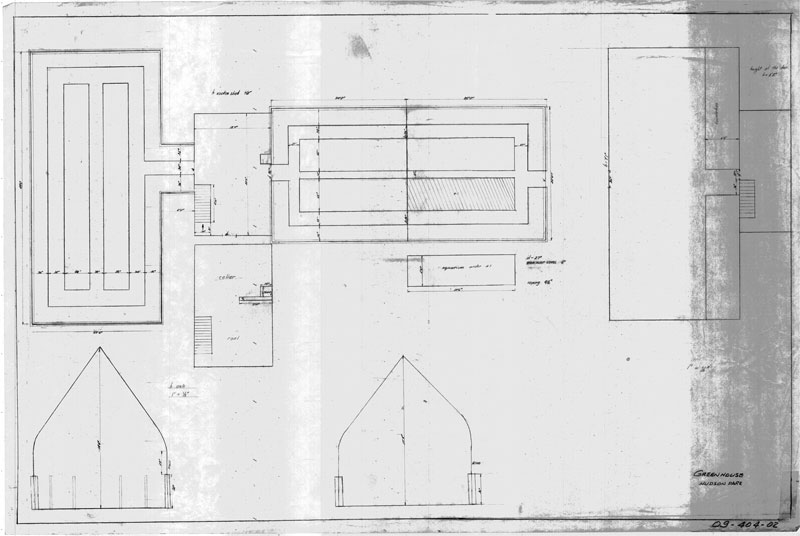Background
We formed our non-profit to restore an existing historic greenhouse in Hudson Park. We raised funds and did research on historic preservation, visiting other Lord & Burnham greenhouses and talking to experts. When we had raised ample funds, the city did an environmental study which came back contaminated. The building had to go. Coincidentally, right about when our study came back badly, there was a catastrophic fire at nearby Wildcliff Mansion, which is also on the Hudson Park property.
After the mansion burned, the city formed a committee to decide what to do with the damaged structure and insurance money. The committee decided to stabilize the stone walls of the mansion and enhance the area as an open ruin for public use. Our group was able to use some of the insurance monies towards a brand-new greenhouse, as long as it was within a short distance from the mansion. We pivoted our plans from restoration to new and built a brand new, modern facility.
The Original Greenhouse
The Hudson Park Greenhouse has a long history that extends back to the late 19th century, when the City of New Rochelle purchased the land for Hudson Park in 1886. Located on the shoulder of Davenport Neck and overlooking Long Island Sound’s Echo Bay, it would become the community’s first public park. Greenhouses were erected about 1915 and served as the growing space for the New Rochelle Parks Department, providing plants for the city’s many public buildings and street plantings.
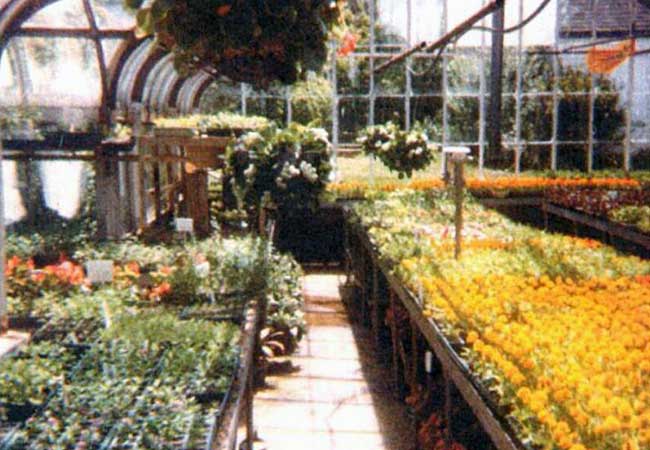
Historic Architectural Plan (click on image for a pdf)
According to experts knowledgeable about the Lord & Burnham style glass houses, the structures were built at two different times, with the East Wing being the oldest. The Lawton family constructed the nearby Wildcliff mansion in 1852. In 1940, the structure was bequeathed to the City by its owner, Mrs. Clara Prince.
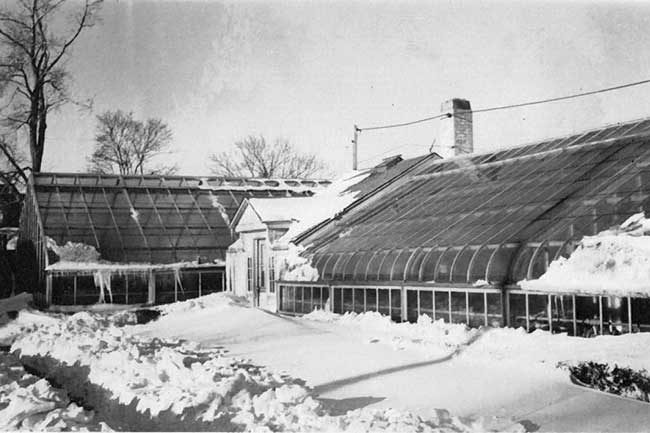
The greenhouses supported the City’s parks and beautification programs for decades. During the latter part of its history, the greenhouse became an adjunct for the now shuttered environmental education center formerly located in Wildcliff. The nonprofit organization Friends of Wildcliff Greenhouse coordinated many activities in the greenhouse, including a municipal beautification project, school visits and horticultural programs. Participants included seniors, students and children with developmental disabilties.
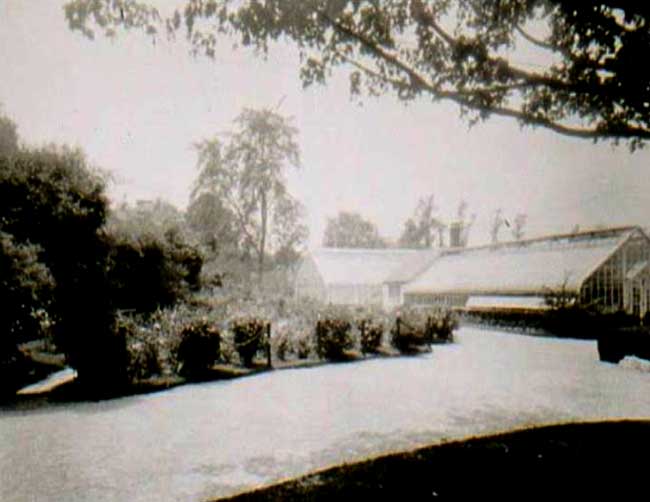
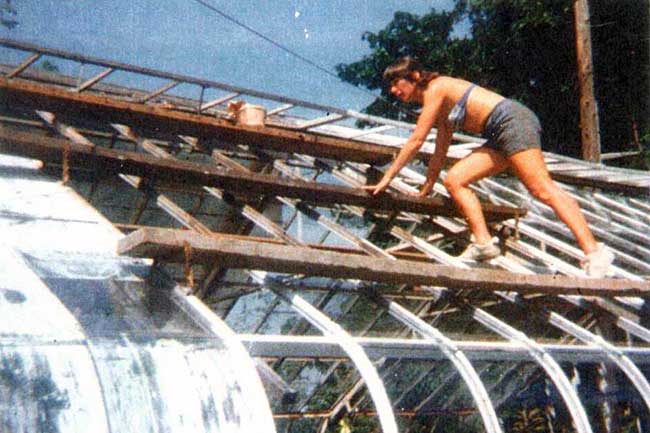
Over time, the greenhouse conditions deteriorated. In 2009, the City closed it due to the dangers of falling glass panes and failing support structures. The connecting “Link Building” suffered roof leaks and a basement fire. The property was fenced off completely to prevent unauthorized entry to the site. The perimeter became severely overgrown and random trees were sprouting throughout the greenhouse. Finally the city tore down the greenhouse in 2024 after the new greenhouse was created.
